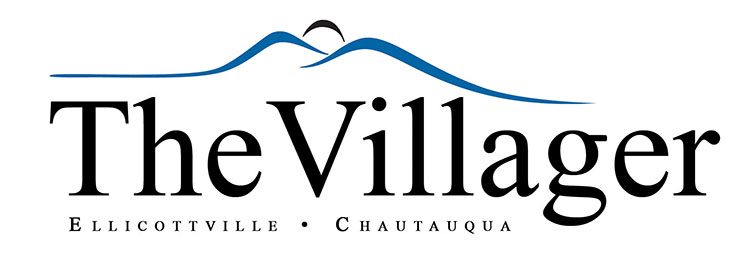By Cara Birrittieri
Author, Freelance Writer,
Former Mayor, Boston TV Reporter, Science Teacher,
CHQ County Resident
Water chestnut and other invasive plant species are making appearances again much to the dismay of boaters, and those who care for Chautauqua Lake. These invasives can upset the delicate balance of this diverse ecosystem in and around the lake and have significant negative consequences for wildlife, native plants, and those who recreate, live, or in other ways depend on Chautauqua Lake and its connecting water bodies.
The work began as soon as the first invasive plant survey started. In fact, on June 22 volunteers spotted a water chestnut plant before they even entered the water on their kayaks. The Chautauqua Watershed Conservancy’s (CWC) Aquatic Invasive Species Early Detection Volunteer Taskforce says finding plants so early indicates that the plant may be spreading from locations where it has been found and removed in the past, or that other populations exist that thus far have escaped detection.
After three hours of surveying with three kayaks, the first taskforce paddle of the year removed over 120 water chestnut plants and recorded their locations on a live website (see below). This platform is used in New York and Pennsylvania along with four other states to track observations of invasive species in near real time so people can continue to help remove these plants in areas where they have been seen.
The water chestnut is identified by its small triangular leaves that form patches of rosettes on the surface of the water. It is such a challenge because the plants flower in July, and reproduce via sharp nutlets which can cling to animals and spread easily through any water movement. Each seed can be viable for up to 12 years and produce approximately 10 to 15 plants, which in turn can produce up to 20 seeds each.
According to Twan Leenders, of Chautauqua Watershed Conservancy, the plant reproduces rapidly, and can impair the ecosystem and recreation quickly, making it a top target for removal, “By definition, non-native invasive species negatively impact the native flora and fauna that has long inhabited the area that they only just arrived in. By catching these harmful newcomers before they become established, we can minimize their impact and help protect the health and sustainability of our ecologically sensitive wetlands, rivers and lakes.”
Following the first taskforce event of the year and the significant amount of water chestnut removed, Alliance partners quickly coordinated to plan future surveys and response needs. The Audubon Community Nature Center (ACNC) rapid response removal team also returned to the Chadakoin River within days to remove approximately 200 additional water chestnut plants and search other nearby areas. The ACNC has been extricating water chestnut plants since 2015, and Executive Director Leigh Rovegno says this more extensive effort is needed, “Since then, we have seen a severe reduction in the number of plants, however, they continue to pose a significant ecological threat.”
All stewards of the lake agree that early detection and rapid removal is the only way to prevent more extensive growth of these new invasive plants. Chautauqua County Watershed Coordinator, Dave McCoy says otherwise management becomes expensive and far more difficult, “When you consider the cost to manage curly-leaf pondweed and Eurasian milfoil in Chautauqua Lake, it makes a lot to sense to invest in early detection and rapid response. The lake would have been much easier to maintain if these species had not become established.”
Current efforts will help at risk species survive and thrive. These include our bald eagles and osprey, spiny softshell turtles, and other rare aquatic plants. In fact, the Alliance encourages anyone who enjoys Chautauqua Lake, the Chadakoin River and adjoining tributaries to get involved by reporting invasive plants encountered in the lake or watershed. Leenders adds, “It is in everyone’s best interest to keep a watchful eye on these potential intruders, while you’re out there enjoying the beauty of the lake. Observing and reporting environmental concerns is arguably one of the best things anyone can do for Chautauqua Lake and the Chadakoin River.”
Upcoming CWC invasive species surveys are July 26, and August 5. Check websites for more information. Report observed suspected invasive species immediately to: www.imapinvasives.org., www.chautauquawatershed.org, https://auduboncnc.org, http://www.chautauquaalliance.org
Caption: According to Twan Leenders, of Chautauqua Watershed Conservancy, the plant reproduces rapidly, and can impair the ecosystem and recreation quickly, making it a top target for removal
Continuation Caption: The water chestnut is identified by its small triangular leaves that form patches of rosettes on the surface of the water. It is such a challenge because the plants flower in July, and reproduce via sharp nutlets which can cling to animals and spread easily through any water movement.
